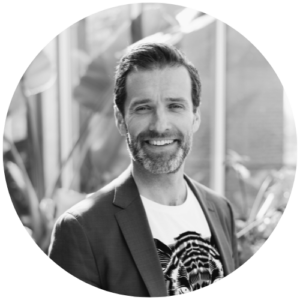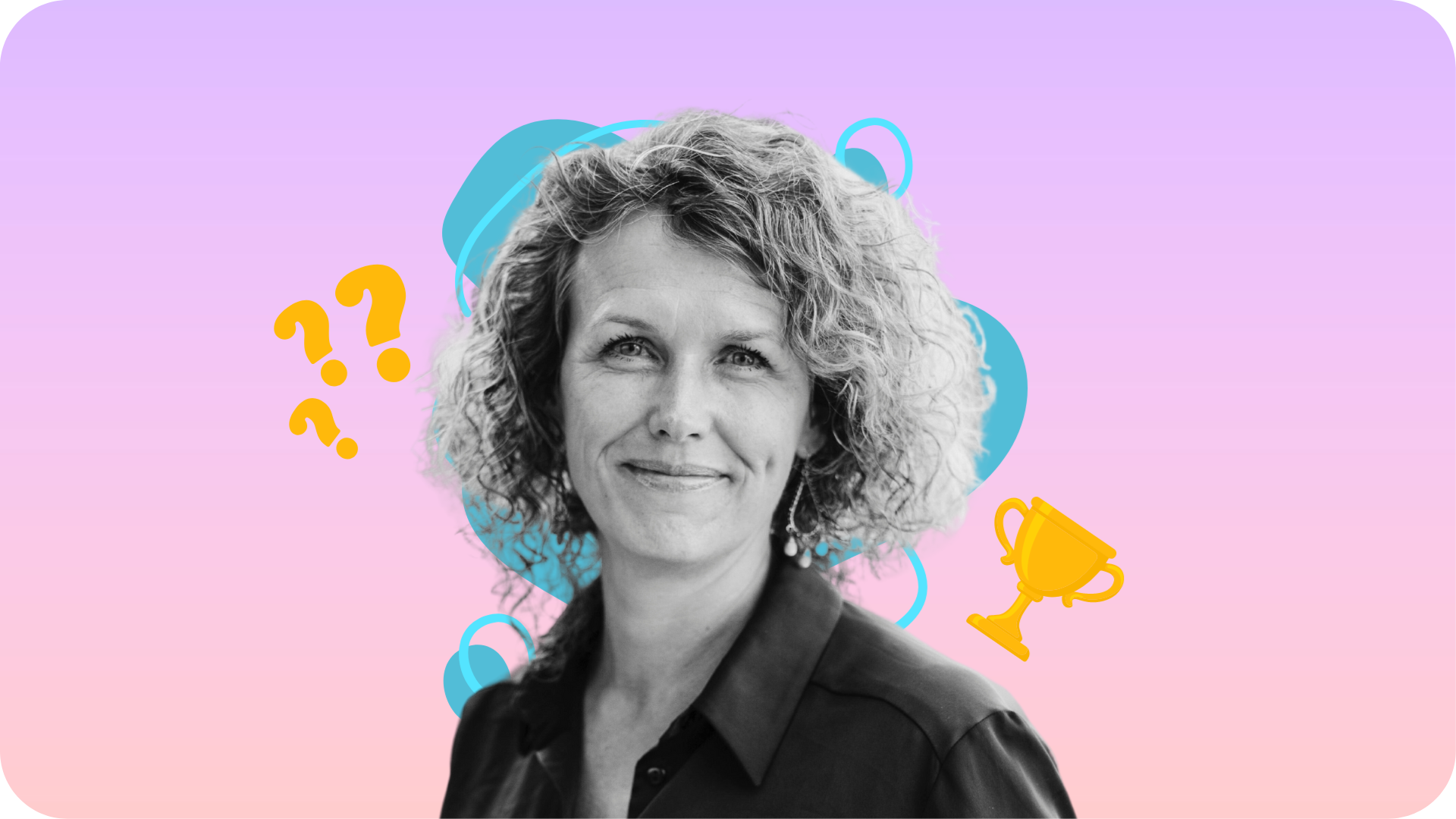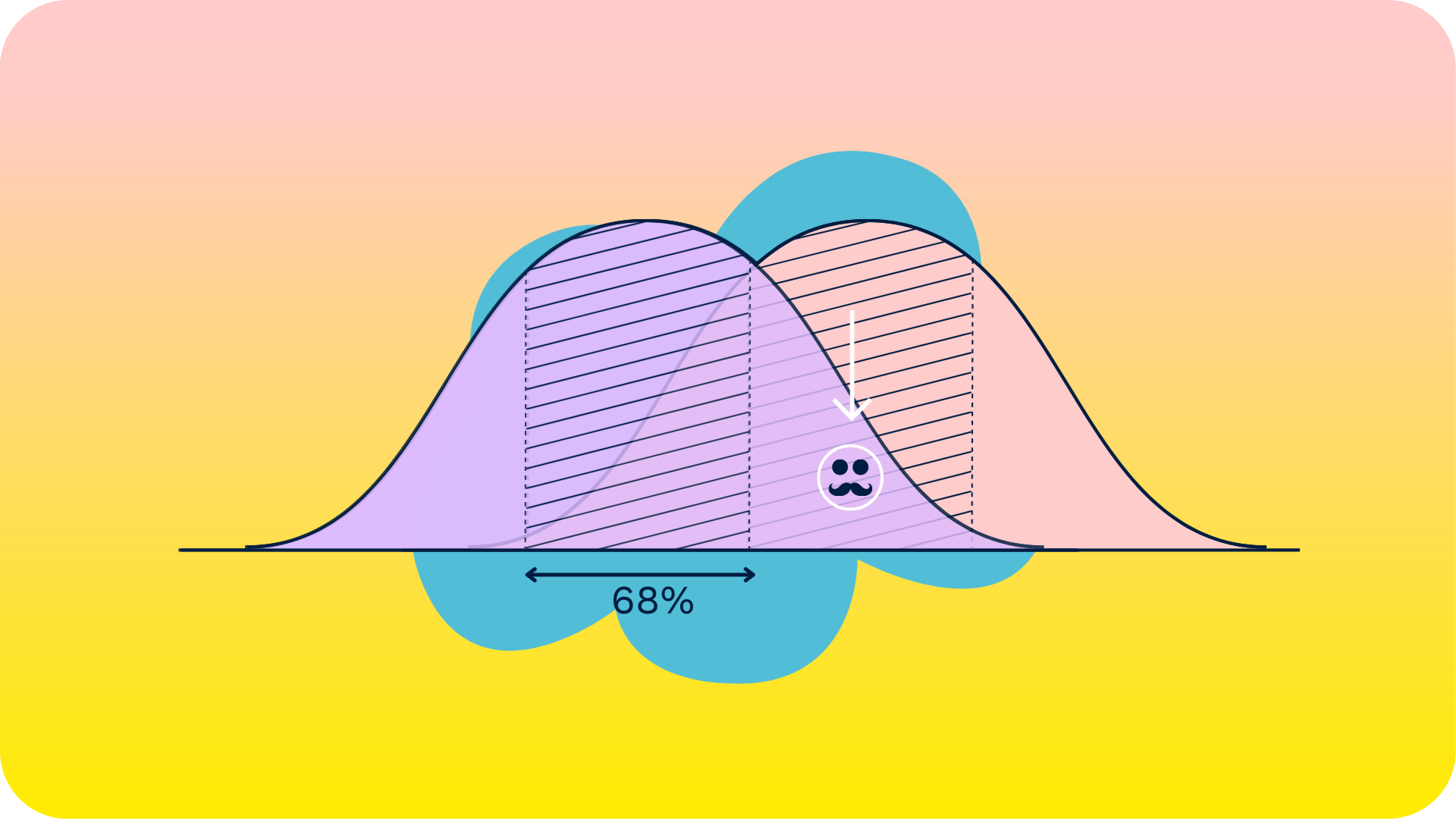Years ago I sat down with John Petersen who is a futurist and has great experience in futures thinking. He told me the story of the welcoming home party of the astronauts of the Apollo Program. I have no other sources that can confirm this story, but that doesn’t even matter. The story itself is a crucial element in our work with clients when we help them to design a path for their future and plot the possibilities that lie ahead in a logical sequence. Following that comes strategy and action planning, but it all starts with this story: the greatest story ever told.
We choose to go to the moon
When President John F. Kennedy said: “we choose to go to the moon in this decade” the Americans had only succeeded in having an astronaut circle the earth. It was believed that they were running far behind the program of the Russians. Hence, the world was surprised when Kennedy made the promise to land on the moon and bring the men back home safely… in less than 8 years. It even surprised the people at Nasa who were running the space program at that time. And yet, they did succeed. On July 20th 1969 Neil Armstrong was the first human being to set foot on the moon. On July 24th the entire crew (with also Buzz Aldrin and Michael Collins) returned to planet earth safely. The dream that Kennedy had set out – and hardly anyone believed was possible – was turned into reality. How did they accomplish that?
Welcome home
The legend around the Apollo program tells us that the people at Nasa started their journey with a welcoming home party for the astronauts. They ‘simply’ started with the end and worked their way back. They worked under the assumption that they had succeeded. Which is a complete reverse of working under the assumption that it’s going to be very hard to make it happen. This assumption was infused in the entire organization to such an extend that when someone would have doubts, the response was always: “we’re already there” (we just have to figure this one thing out). And everyone working at Nasa would feel included in the joint effort. Even when you would ask a janitor what he was doing, he would respond: “I’m getting us to the moon”. Accomplishing that big a goal requires the relentless belief in success and collaboration of everyone involved.
Starting with the end in mind
Whether or not this story is really true is beyond the point. It has inspired me and everyone at Minkowski to always work with the end in mind. We have goals and ambitions that we want to turn into reality, and we do this by keeping that end in mind. We’ll find ways to get there, but we believe that we can make it happen (one of the boldest is to ‘create a million Einsteins around the world’). When you start from the future you turn your perspective around: you become less reactive, you’ll explore more solutions, you don’t think in problems but challenges and you don’t let the daily rat race get in the way of doing things.
What Nasa was actually doing was something called ‘backcasting’, in a time when that term wasn’t even coined yet. In contrast to forecasting (that we don’t believe in) backcasting is a form of creating desirable futures. It poses the question what you want to accomplish. As a result it has much more creative power in it. A power that we believe is needed to change things, design paths forward and make the world a better place. If you apply this way of thinking in your organization, the next greatest story ever told might be yours.







